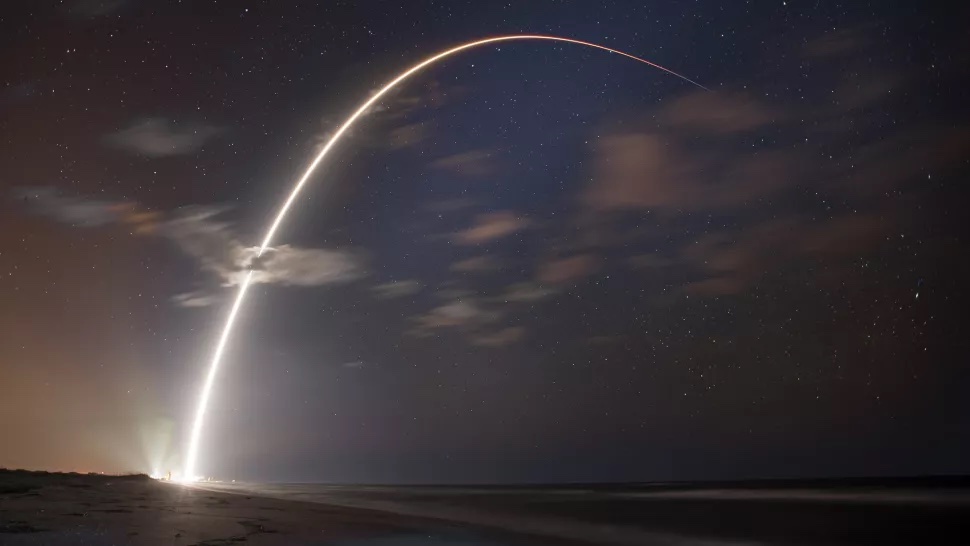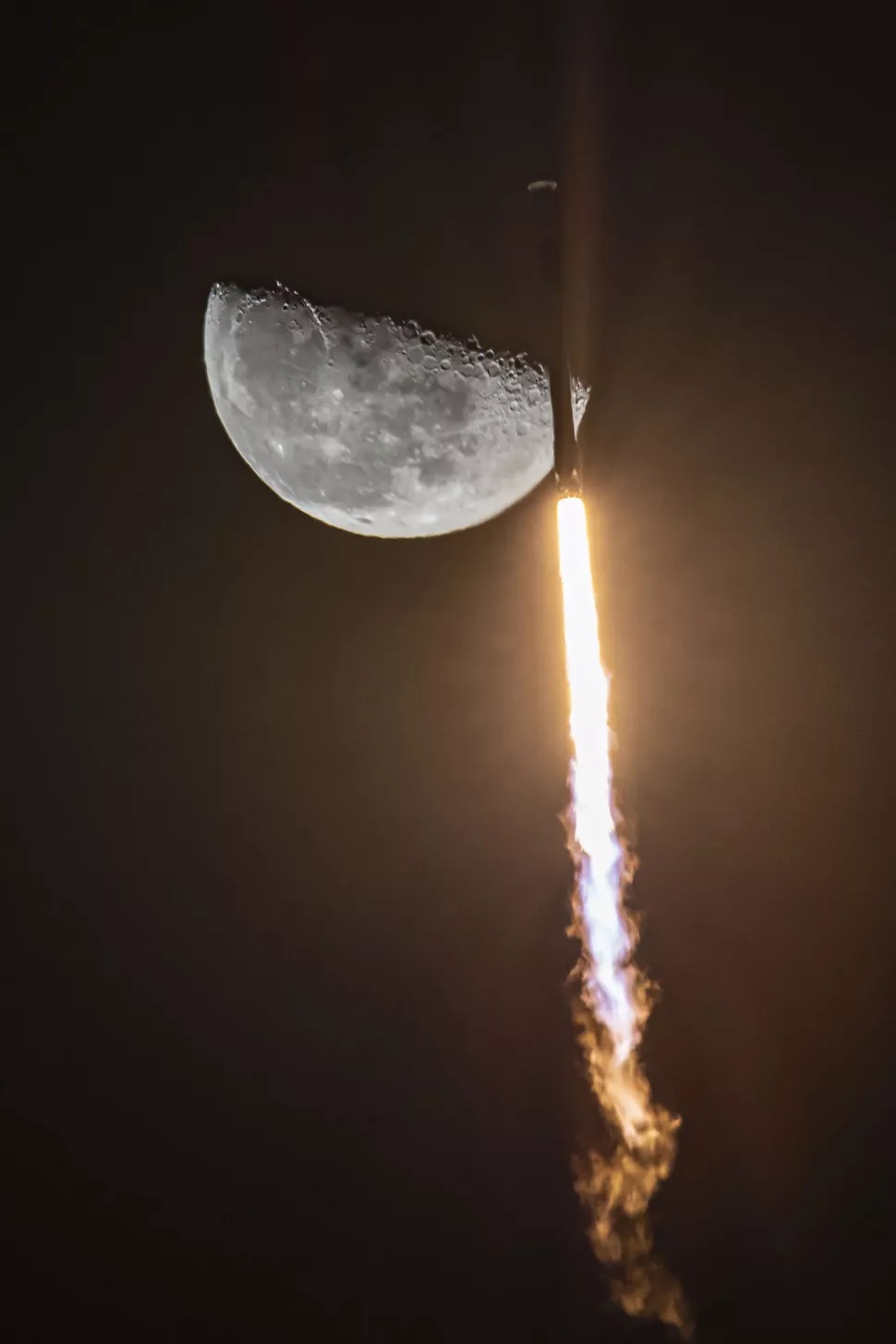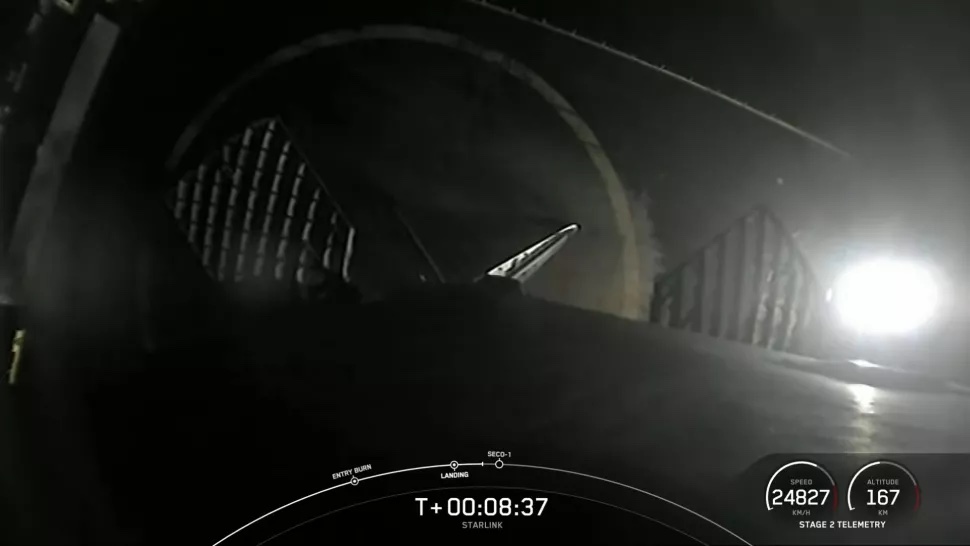Even before the introduction of the iPhone 13, rumors circulated around the world that this generation of Apple phones would be able to make calls and send messages via satellites, meaning that they would not have to use only wireless Wi-Fi networks and operator networks for this. Since then, however, it has been quiet on the footpath. So what do we know about satellite calling support on iPhones, and will we see this feature sometime in the future?
The renowned analyst Ming-Chi Kuo was the first to come up with this, and his information was also supported by the Bloomberg agency. So it looked like a done deal, however we didn't hear a word about it at the iPhone 13 launch. Satellite communication is denoted by the abbreviation LEO, which stands for low-Earth orbit. However, it is primarily intended for users outside the normal network coverage, typically adventurers using certain satellite phones for this (surely you know those machines with giant antennas from various survival movies). So why would Apple want to compete with these machines?
Only limited functionality
According to first reports, which came at the end of August last year, it would not actually be competition as such. iPhones would only use this network for emergency calls and texting. In practice, this would mean that if you were shipwrecked on the high seas, lost in the mountains where there is not even a line of signal, or if a natural disaster caused a malfunctioning transmitter, you could use your iPhone to call for help via the satellite network. It certainly wouldn't be like calling a friend if he doesn't want to go out with you in the evening. The fact that Apple did not come with this functionality with the iPhone 13 does not mean that they cannot do this anymore. Satellite calls are also based on software, and Apple, if it had it ready, could activate it practically at any time.
It could be interest you
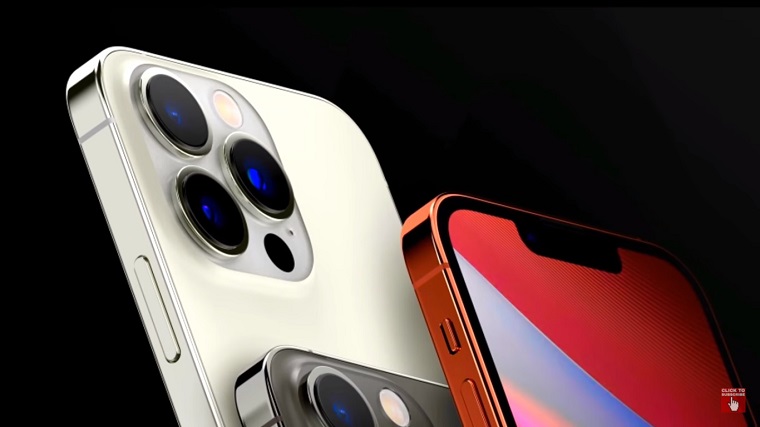
It's about satellites
You buy a mobile phone and typically you can use it with any operator (with certain limitations of the market in that area of course). However, satellite phones are tied to a specific satellite company. The largest are Iridium, Inmarsat and Globalstar. Each also offers different coverage according to the number of its satellites. For example, Iridium has 75 satellites at an altitude of 780 km, Globalstar has 48 satellites at an altitude of 1 km.
Ming-Chi Kuo stated that the iPhones should use the services of Globalstar, which covers a large part of the world, including North and South America, Europe, North Asia, Korea, Japan, parts of Russia and all of Australia. But Africa and Southeast Asia are missing, as is much of the Northern Hemisphere. The quality of the iPhone's connection to satellites is also a question, because of course there is no external antenna. However, this could be solved with accessories.
The data speed is pitifully slow in such satellite communication, so don't count on reading just an attachment from an e-mail. This is really primarily about simple communication. E.g. the Globalstar GSP-1700 satellite phone offers a speed of 9,6 kbps, making it slower than a dial-up connection.
It could be interest you
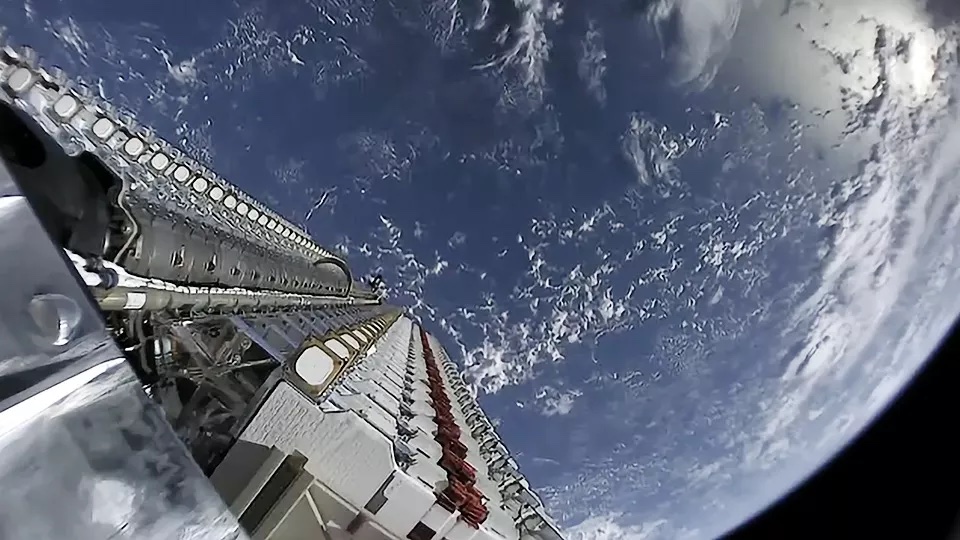
Putting it into practice
Satellite calls are expensive because it is an expensive technology. But if it's going to save your life, it doesn't matter how much you pay for the call. However, in the case of iPhones, it would of course depend on how the operators themselves would approach this. They would have to create special tariffs. And since this is a very limited function, the question is whether it would spread to our regions.
But the whole idea really has potential, and it could also push the usability of Apple devices to the next level. Related to this is whether Apple would eventually launch its own satellites into orbit and, after all, whether it would not also provide its own tariffs. But we are already very much in the waters of speculation and certainly in the distant future.
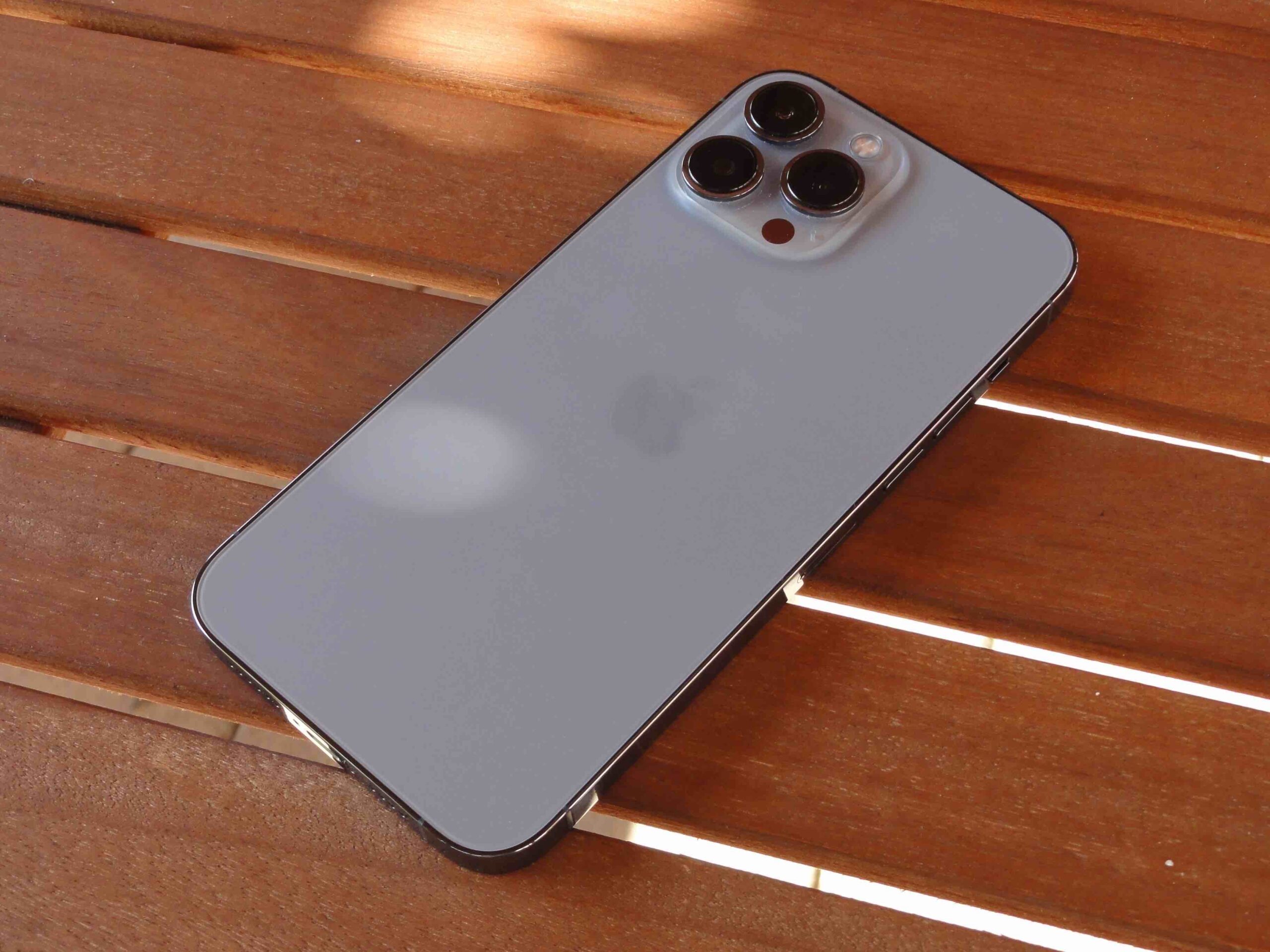
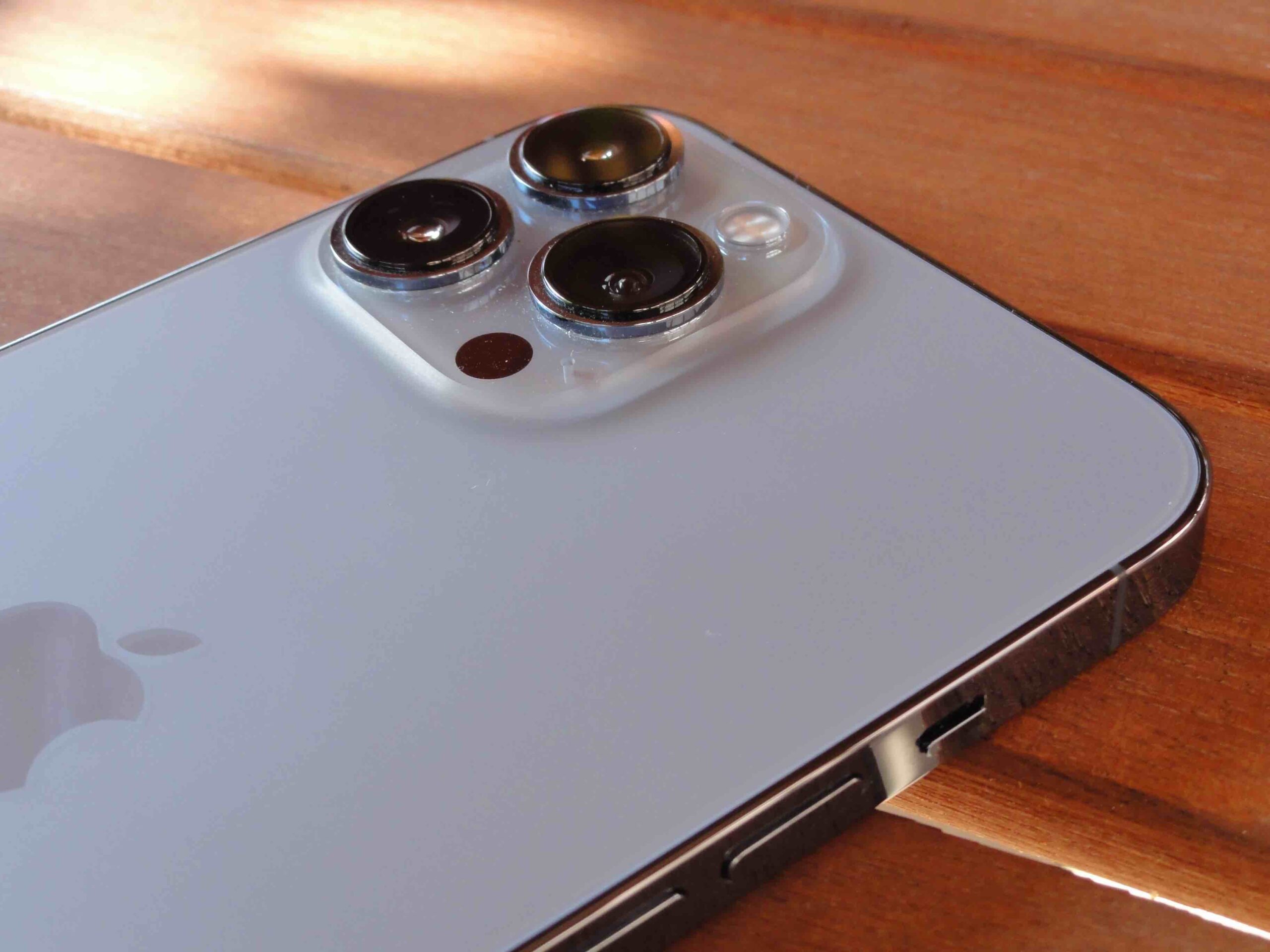
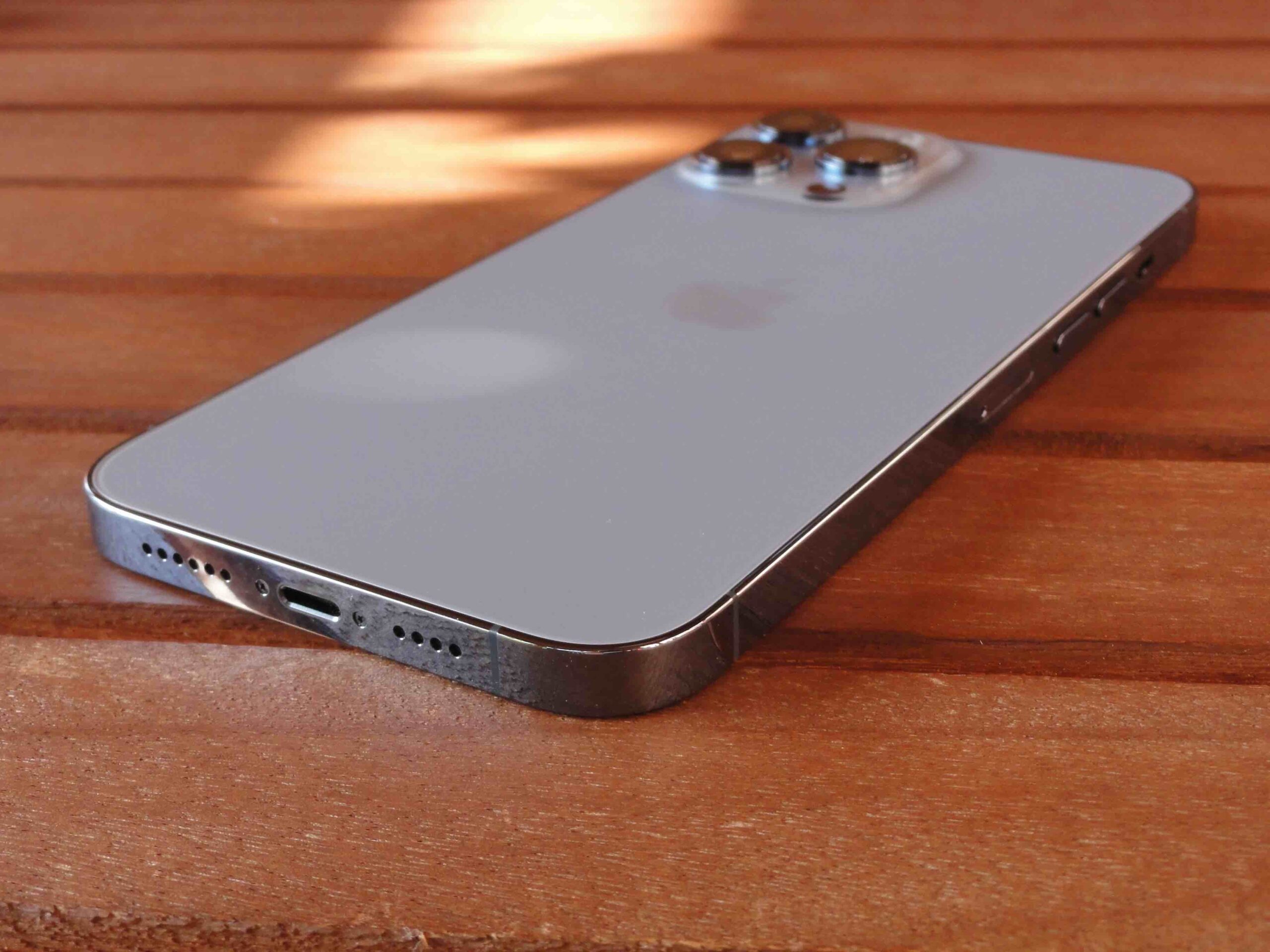
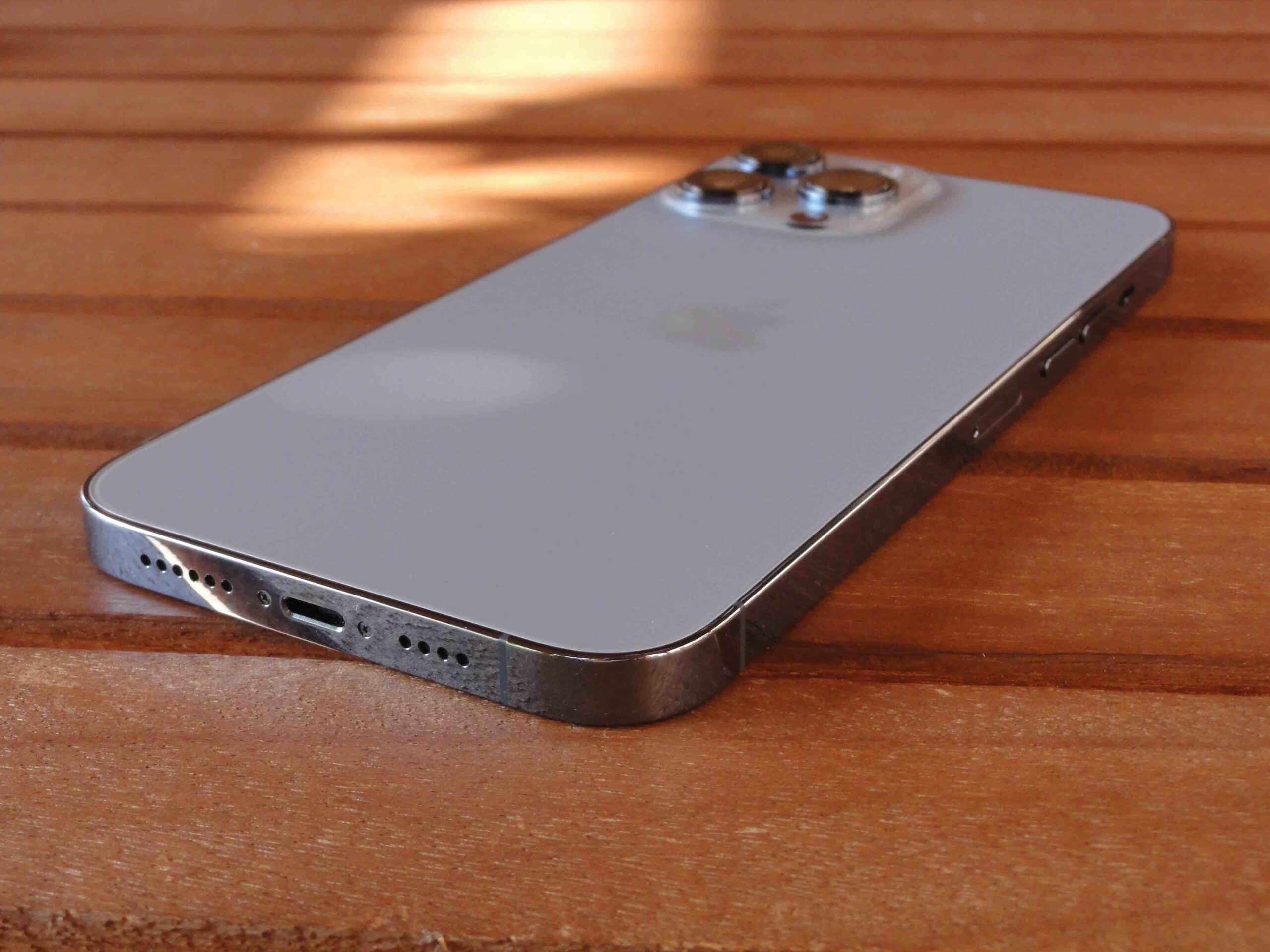
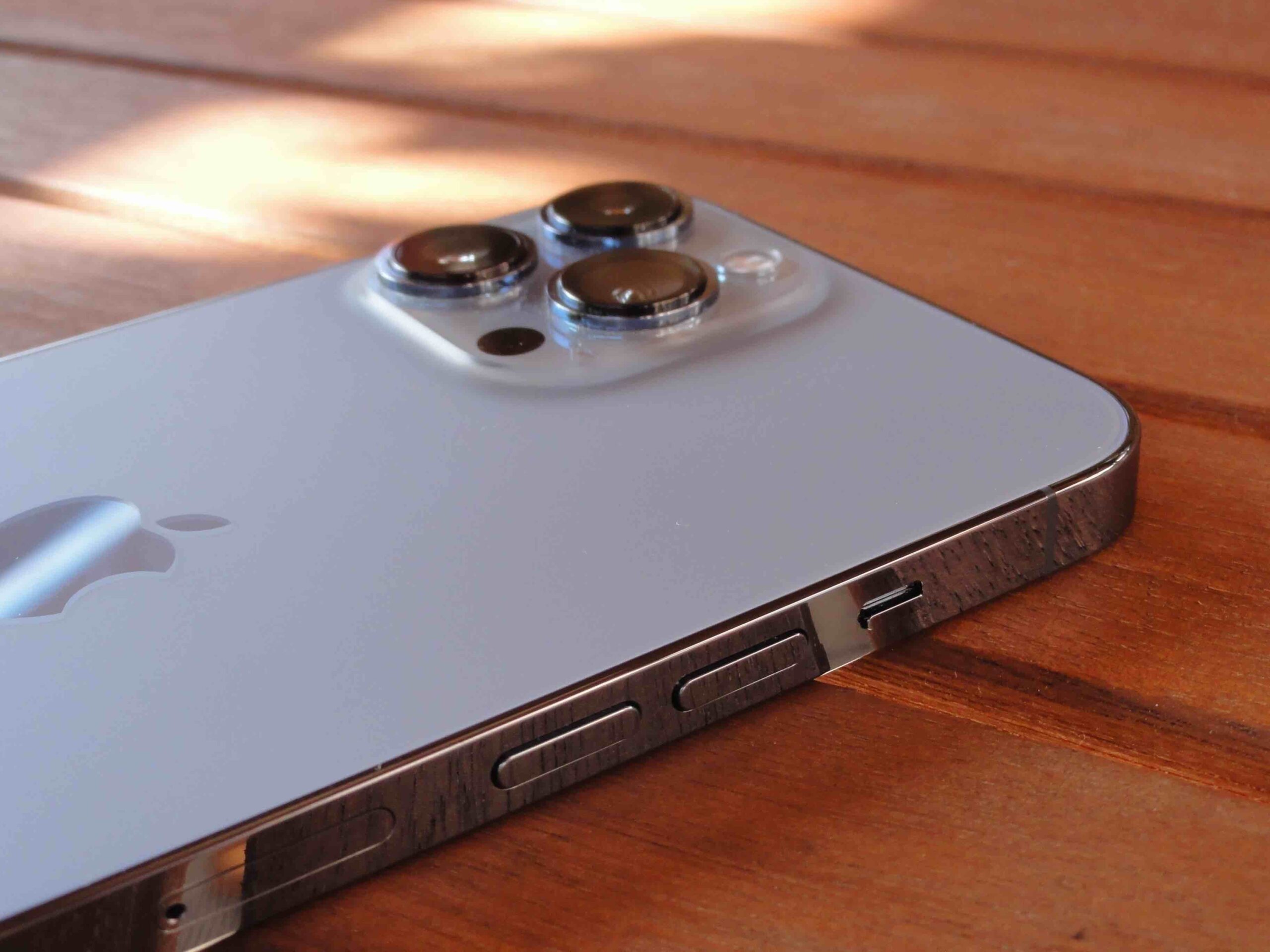
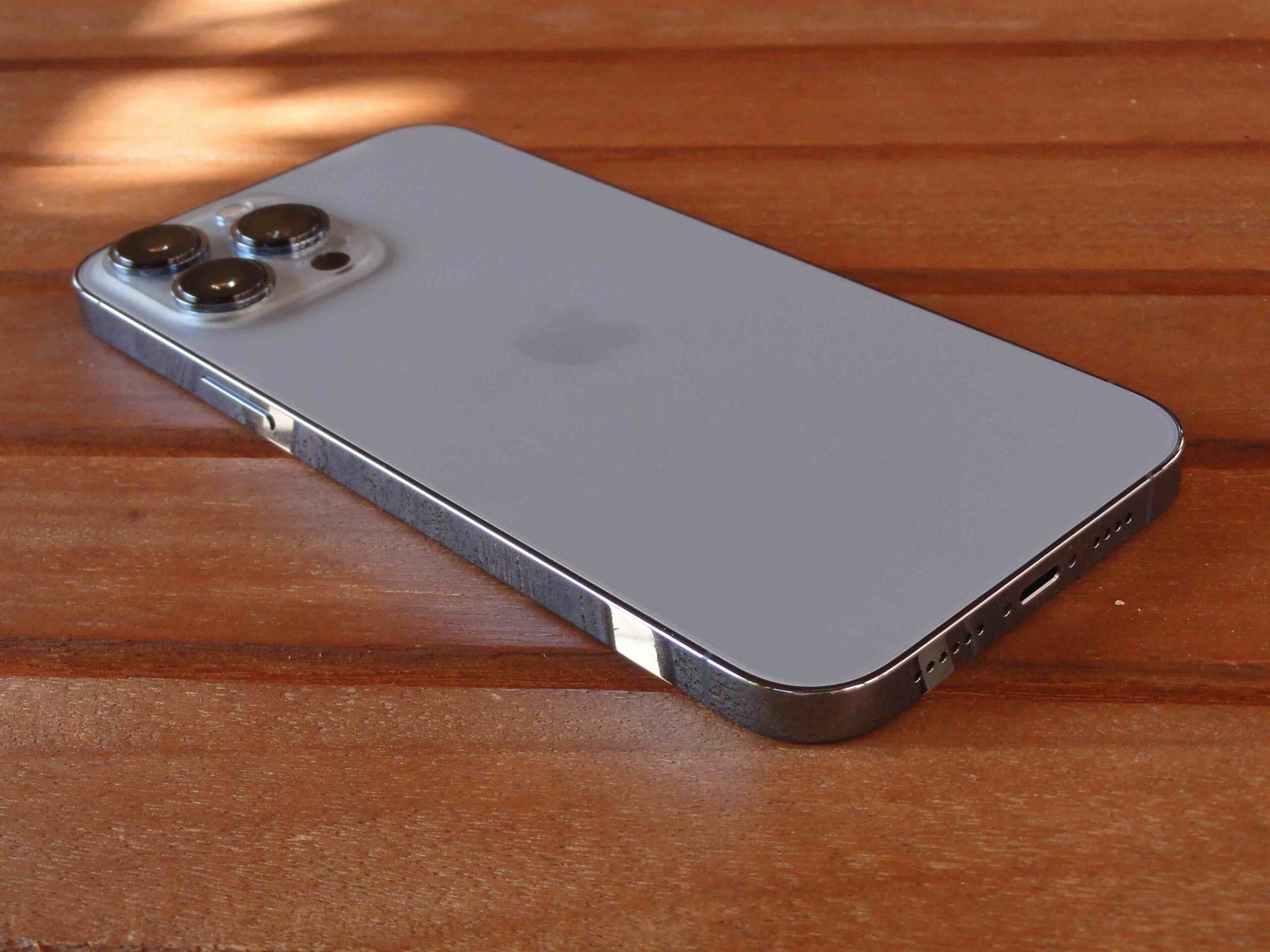
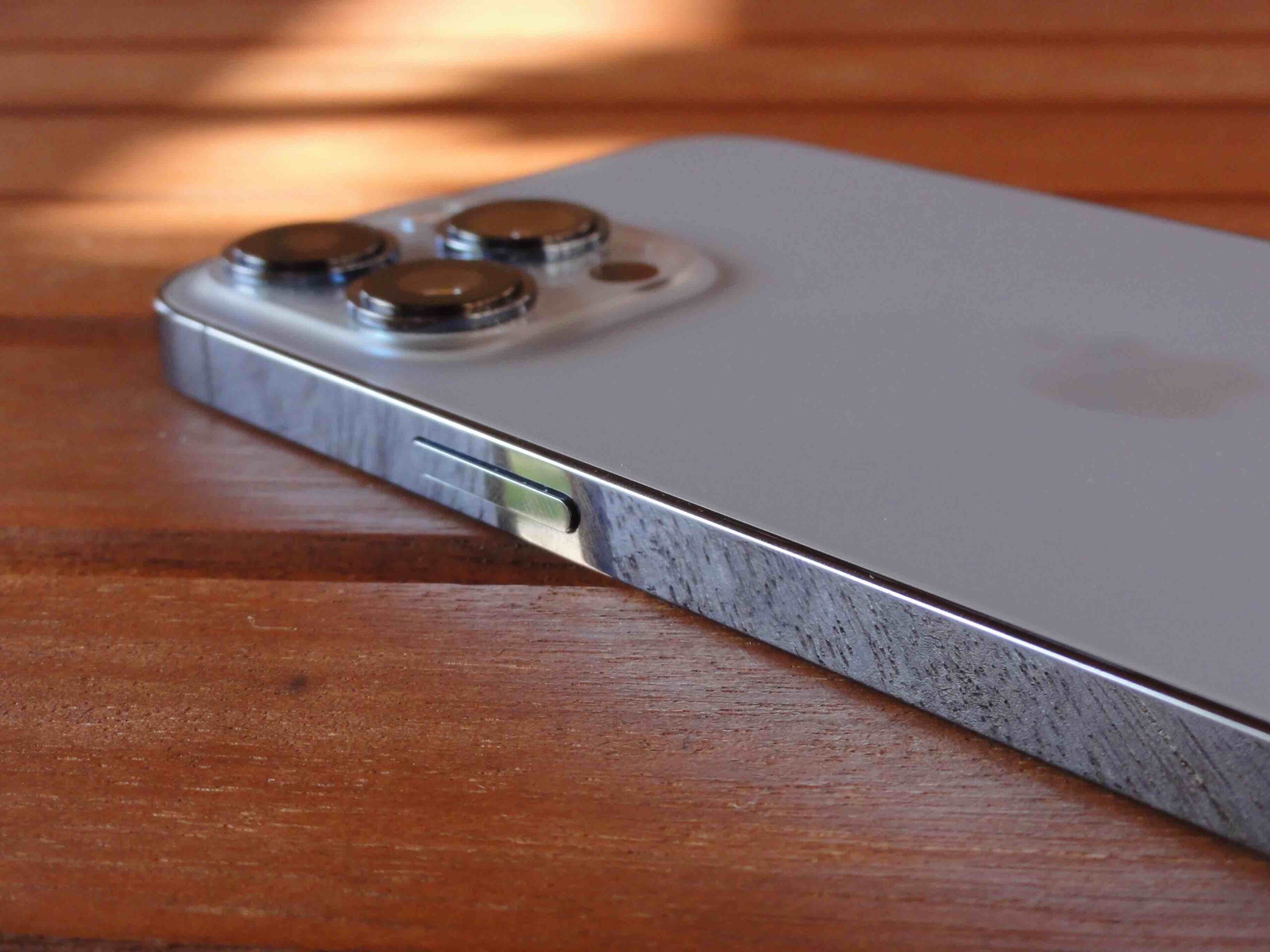
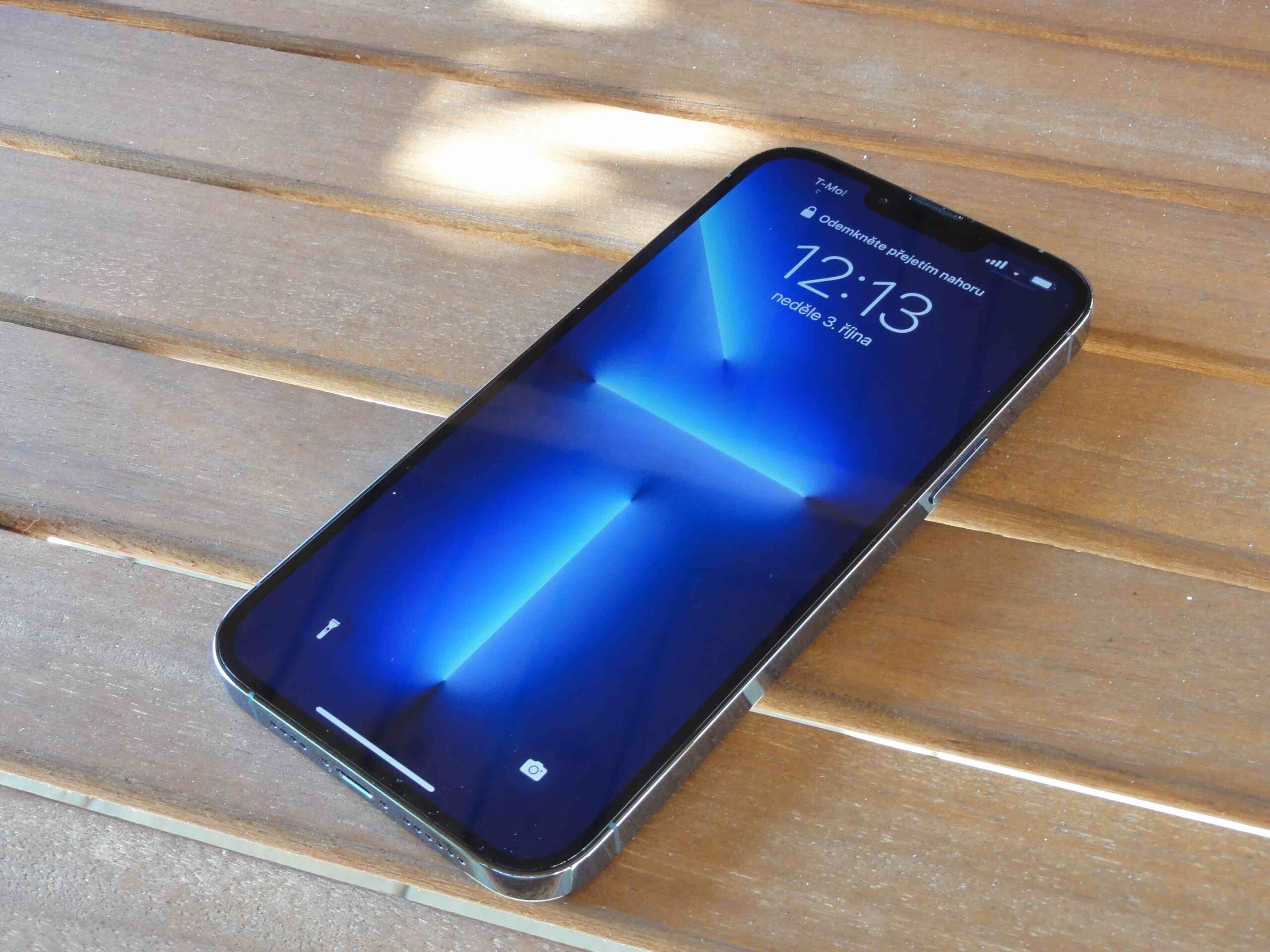
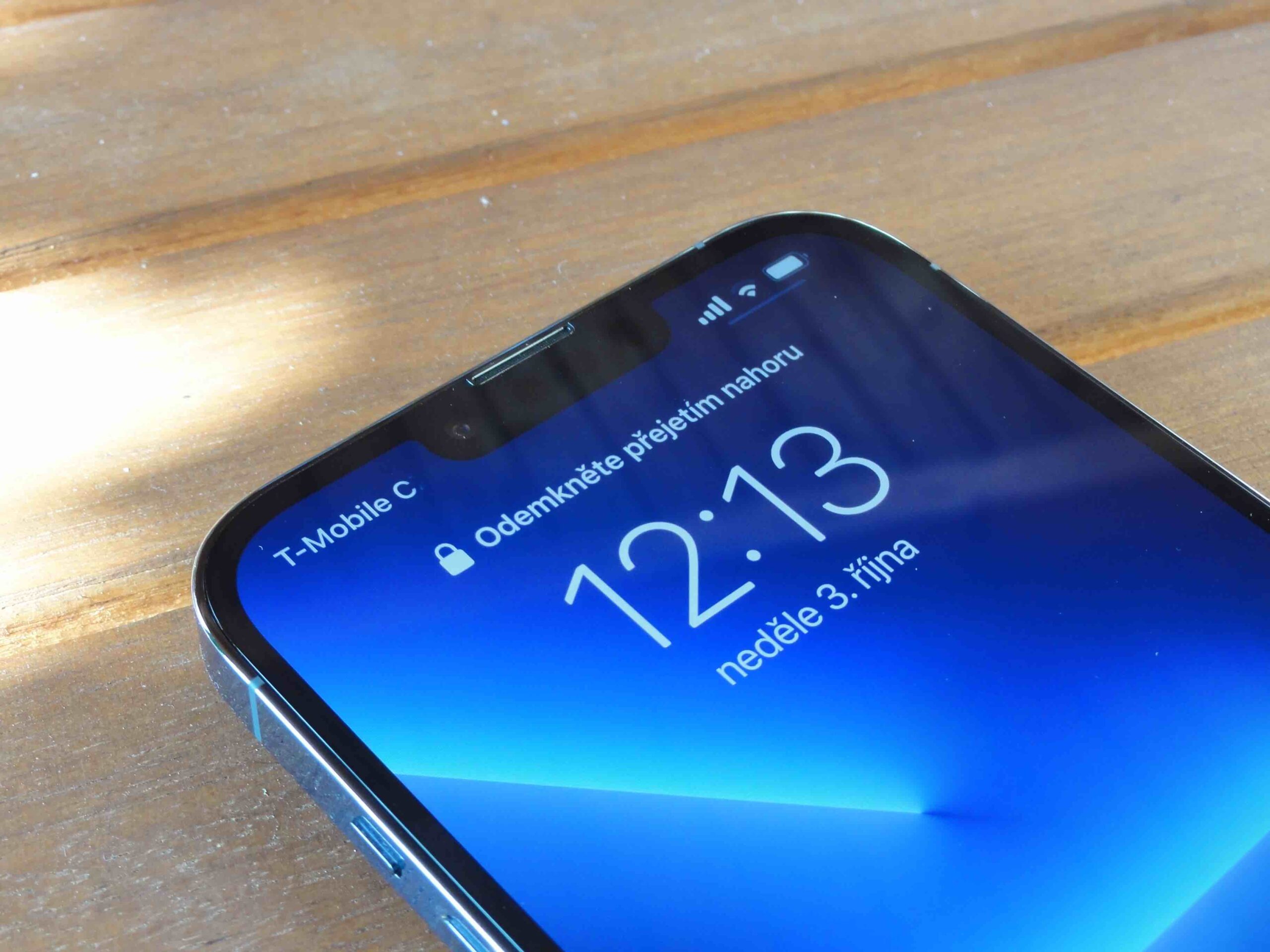
 Flying around the world with Apple
Flying around the world with Apple 